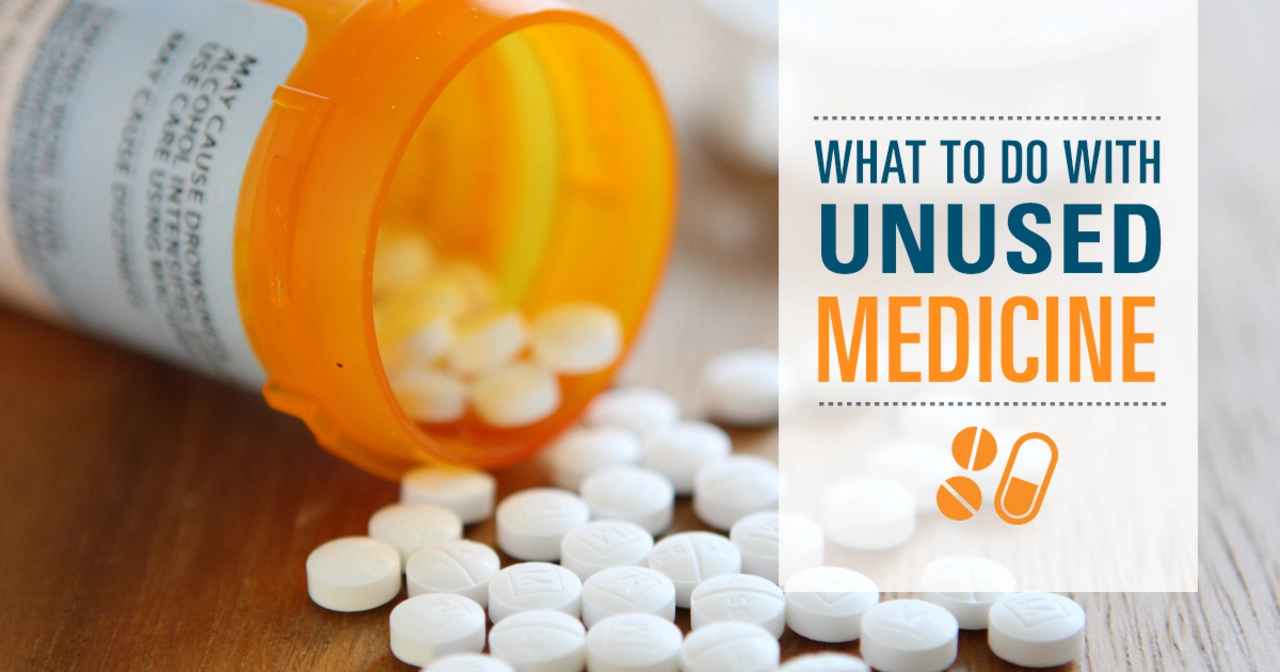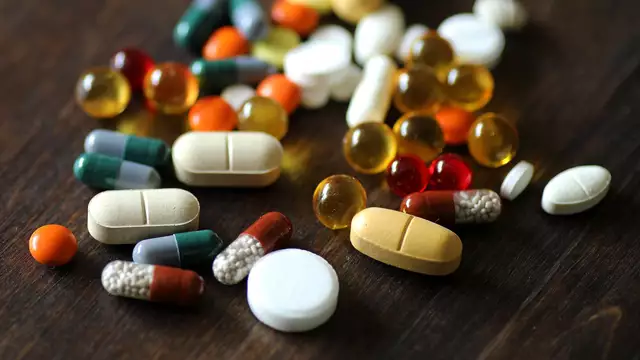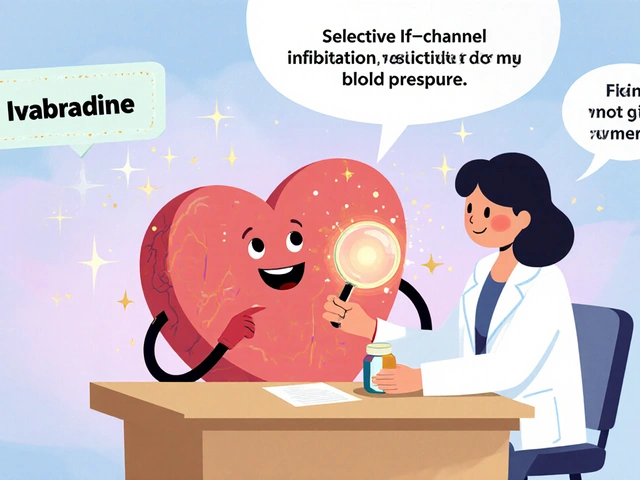How to Safely Dispose Medications (safely dispose)
Leftover pills, old prescriptions, or medicines for conditions you no longer have — what do you do with them? Tossing meds in the trash or keeping them in a bathroom cabinet can be risky. Here’s a plain, useful guide to get rid of medications without harm to people, pets, or the environment.
Where to take unused meds
First choice: a drug take-back program. Many pharmacies, hospitals, and community centers run permanent collection boxes. Look for DEA National Take Back events near you for safe, free disposal. If your pharmacy offers a mail-back envelope, that’s also a secure option — the pharmacy gives instructions and covers postage.
Some states list local disposal sites on their health department websites. If you’re not sure, call your pharmacy and ask: many will point you to the nearest approved drop-off. Take-back programs are the best way to keep drugs out of waterways and away from kids and people who might misuse them.
How to dispose at home safely
When take-back or mail-back options aren’t available, follow these simple, careful steps for household disposal:
1) Check the label or leaflet. If it says to flush the medicine, follow that. The FDA and manufacturers recommend flushing only for certain high-risk drugs when a take-back option isn’t readily available (for example, some powerful opioids). If flushing is advised, do it exactly as directed.
2) If flushing is not recommended, mix solid medicines with something undesirable — used coffee grounds, dirt, or kitty litter. Put the mix in a sealed plastic bag or container so the drug isn’t easily accessible. This makes it unattractive and harder to retrieve.
3) Remove or scratch out personal information from prescription labels before tossing the empty bottle or blister pack. You don’t want your name or prescription details ending up in the trash where identity theft is possible.
4) For sharps (needles, syringes), never put them loose in household trash. Use a proper sharps container or a heavy plastic container with a secure lid, then follow local rules for hazardous waste or pharmacy drop-off. Many communities have special collection days for sharps and medical waste.
Extra tips: don’t share leftover meds with others, and don’t use medicines past their expiration for new treatment. If a medicine has special disposal instructions printed on the label, follow those. Finally, keep new and current medicines stored safely out of sight and reach of children.
Need to find a nearby take-back? Check your pharmacy, local police station, or your state health website. If you want, I can help you find programs or step-by-step disposal instructions for a specific medication — tell me which one and where you live (city or state).
5
How to Safely Dispose of Expired or Unused Butenafine Products
As a responsible individual, it's essential to know how to safely dispose of expired or unused butenafine products. To ensure proper disposal, first, check if there are any specific instructions mentioned on the product packaging. If there are none, I can take advantage of community take-back programs or medication disposal events in my area. Alternatively, I can mix the product with an undesirable substance, like coffee grounds or cat litter, and place it in a sealed container before throwing it in the trash. Lastly, remember to remove any personal information from the packaging to protect my privacy.
Latest Posts
Popular Posts
-
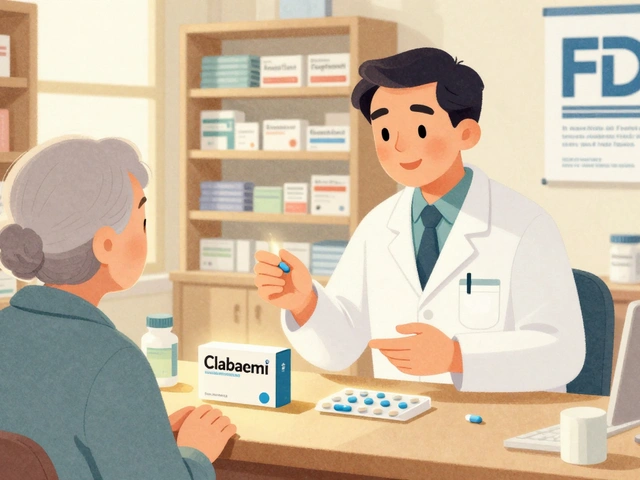 Pharmacist Recommendations: When to Suggest Authorized Generics
Pharmacist Recommendations: When to Suggest Authorized Generics
-
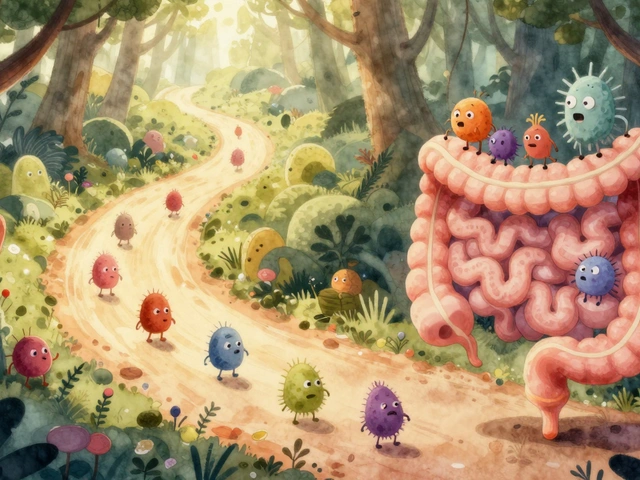 Small Intestinal Bacterial Overgrowth: Breath Tests and Treatment Explained
Small Intestinal Bacterial Overgrowth: Breath Tests and Treatment Explained
-
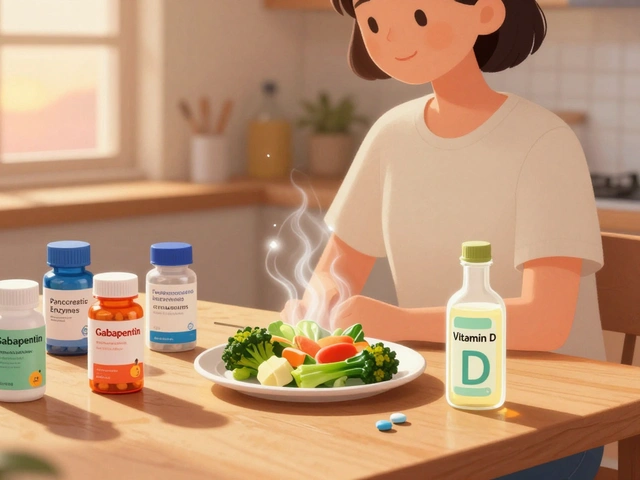 Chronic Pancreatitis: Managing Pain, Enzyme Therapy, and Nutrition
Chronic Pancreatitis: Managing Pain, Enzyme Therapy, and Nutrition
-
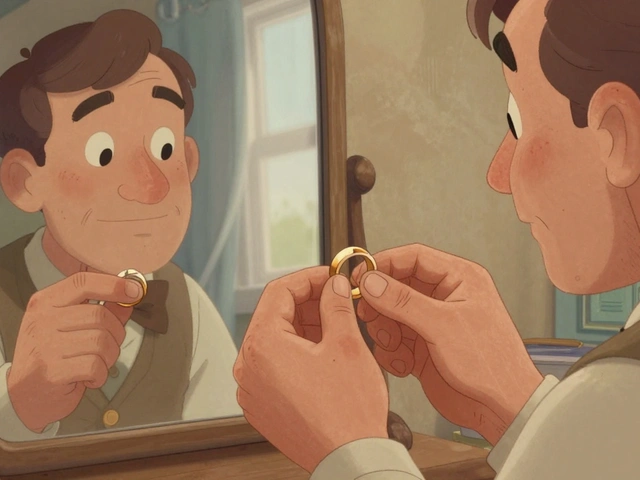 Acromegaly: Understanding Excess Growth Hormone and Effective Treatment Options
Acromegaly: Understanding Excess Growth Hormone and Effective Treatment Options
-
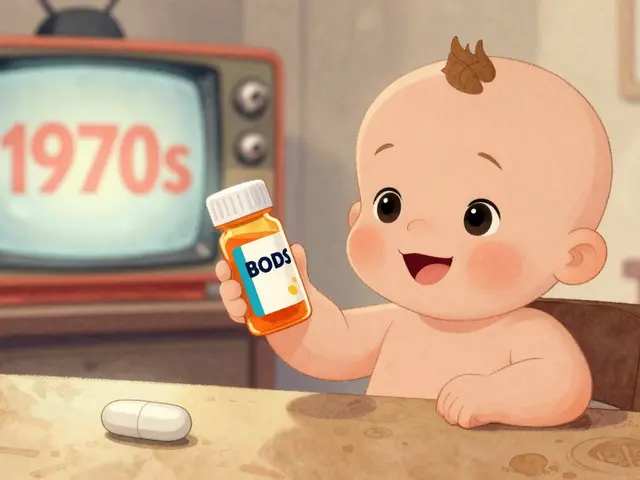 Generational Differences: How Age Shapes Attitudes Toward Generic Medications
Generational Differences: How Age Shapes Attitudes Toward Generic Medications
